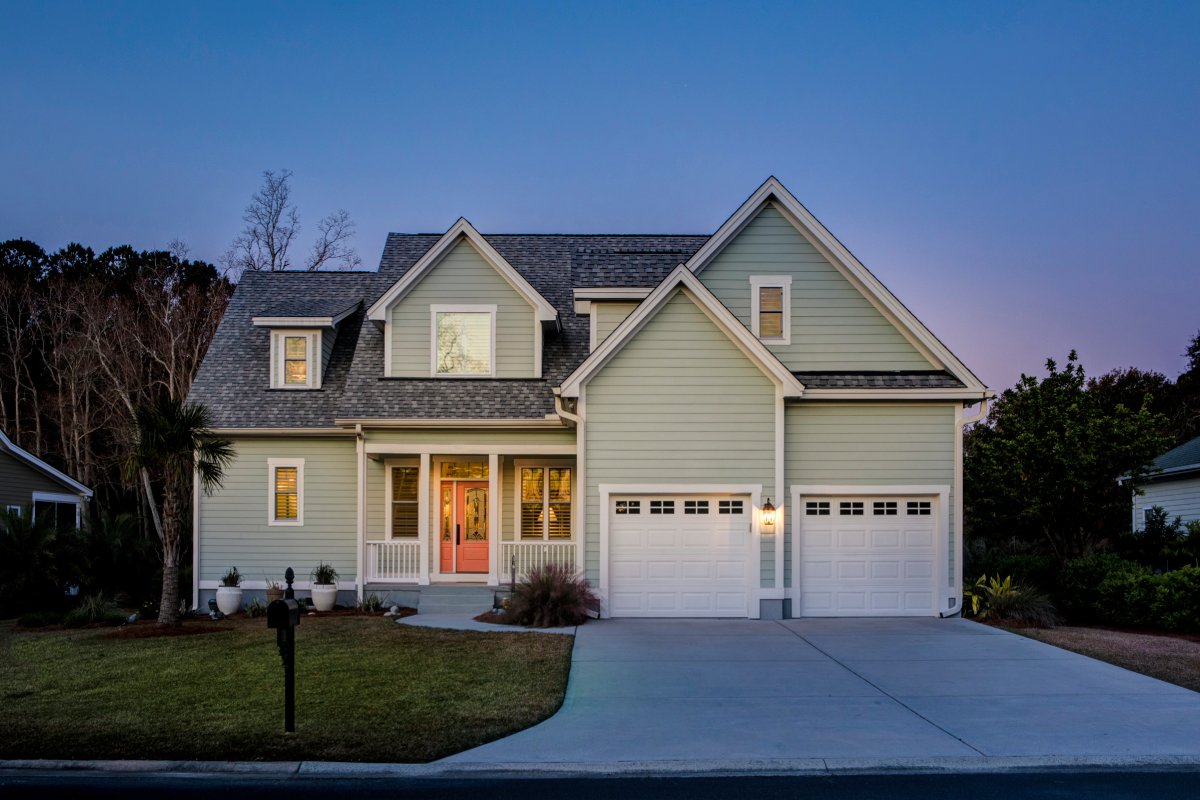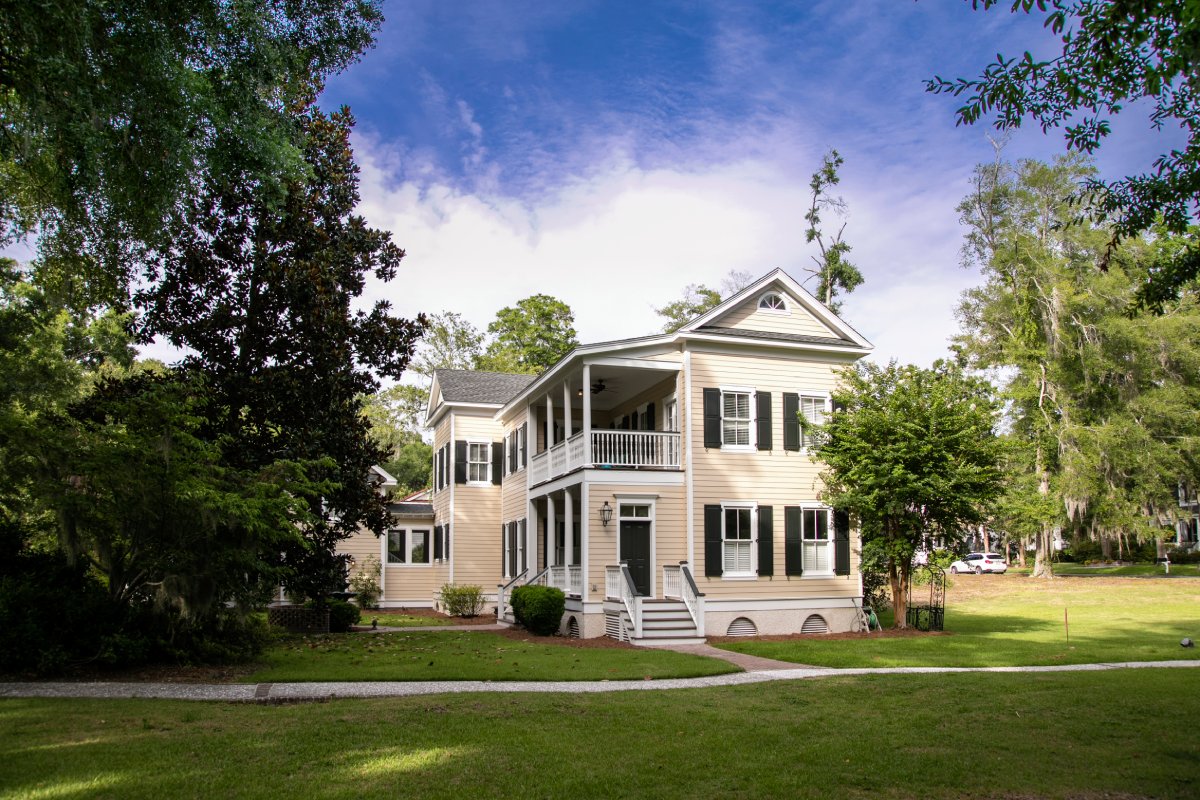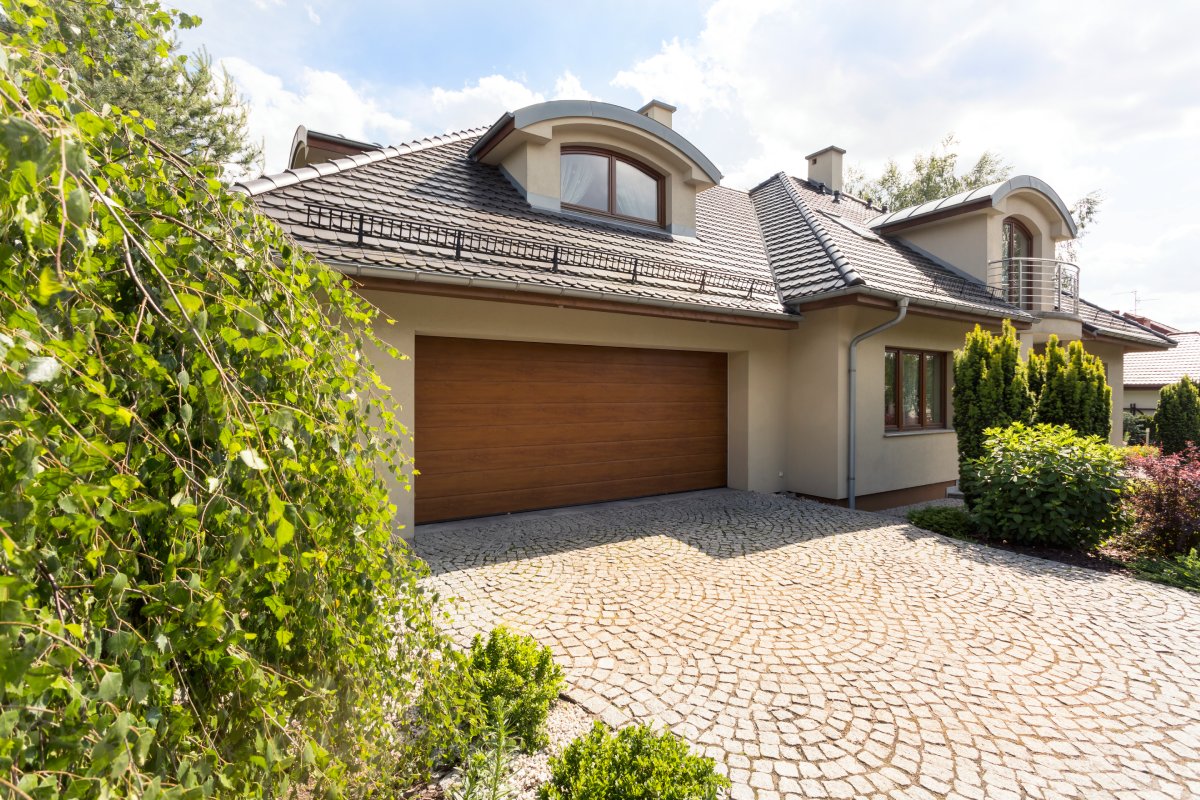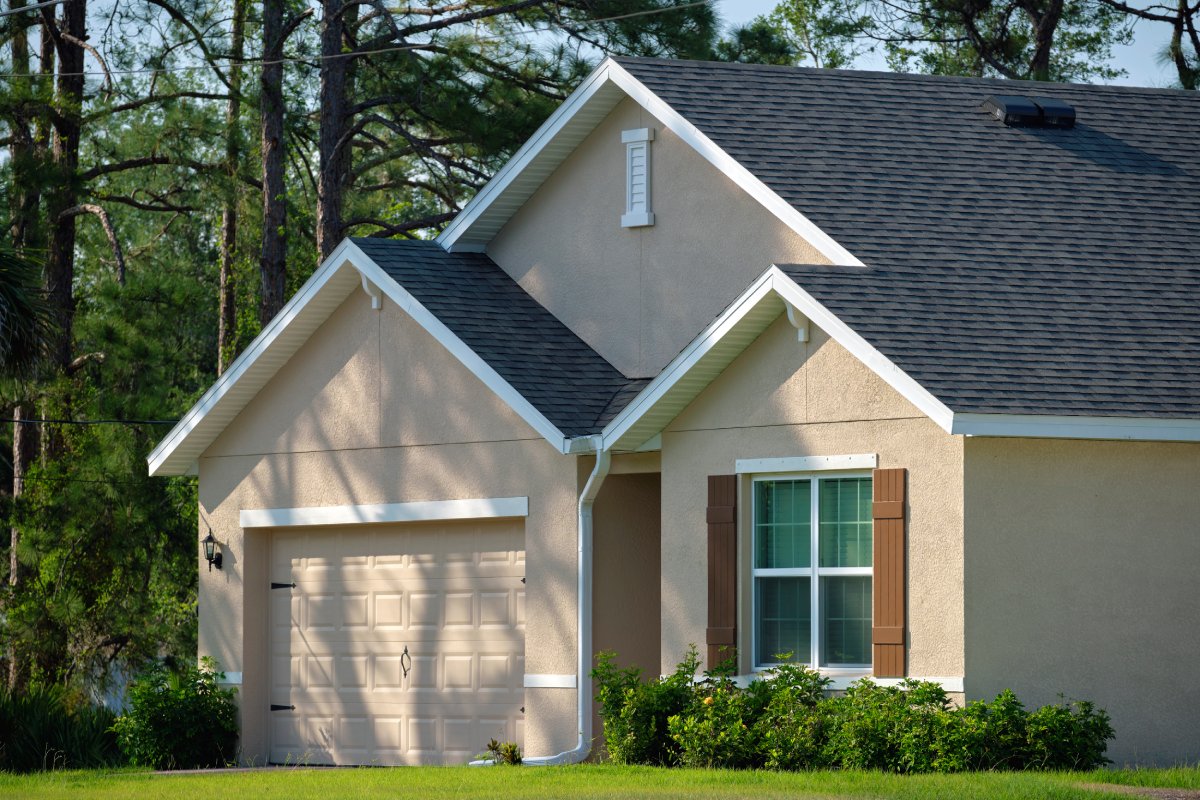What are the different types of home elevation? How do I choose the best elevation to live at?
Blog, Building, House & Garden, LifeStyle Feb 27, 2023

When it comes to choosing or building the perfect place to call home, there are a lot of factors to consider. One important element to take into account is the elevation you’ll be living at. The elevation can impact everything from the climate to accessibility, health, lifestyle, and cost.
In this article, we’ll explore the different types of home elevation and factors to consider when choosing the best elevation to live at.
What are the different types of home elevation?
Home elevation refers to the process of raising the foundation of a house or building to a higher level. This is done for various reasons, such as protecting the property from flooding, enhancing its aesthetics, or improving its overall value. There are different types of home elevation methods available, each with its unique advantages and disadvantages. Let’s explore some of the most common types of home elevation.
Pier and Beam Elevation
Pier and beam elevation involve lifting the house using a series of piers or posts that are placed beneath the existing foundation. This type of elevation is common in homes that are built on a crawlspace or have a pier and beam foundation. The process involves excavating small holes under the foundation and inserting the piers or posts. These supports are then raised until the foundation is lifted to the desired level.
One of the benefits of pier and beam elevation is that it is less disruptive than other methods. It also allows for easier access to utilities, such as plumbing and electrical lines, which can be adjusted or relocated. However, it is not suitable for homes with slab foundations.

Slab Elevation
Slab elevation involves lifting the house as a whole using hydraulic jacks. This method is typically used in homes with a concrete slab foundation. The process involves cutting holes into the slab and inserting the jacks, which are then used to lift the entire house to the desired level.
One of the advantages of slab elevation is that it is a fast and efficient process. It also requires minimal excavation, which means there is less disruption to the surrounding landscape. However, it can be more expensive than other methods and may not be suitable for homes with extensive damage to the foundation.
Caisson Elevation
Caisson elevation involves drilling large holes beneath the foundation and inserting concrete columns or caissons. These columns are then used to lift the house to the desired level. This method is commonly used for homes that are located in flood-prone areas or have significant foundation damage.
One of the benefits of caisson elevation is that it provides a strong and stable foundation. It is also suitable for homes with a variety of foundation types, including slab, pier and beam, and basement foundations. However, it can be a time-consuming and expensive process, and it requires significant excavation.
Basement Elevation
Basement elevation involves raising the entire house and creating a new basement level beneath it. This method is often used in homes that are located in flood-prone areas or have a shallow foundation. The process involves excavating around the existing foundation, lifting the house, and building a new foundation below it.
One of the benefits of basement elevation is that it provides additional living space and can increase the home’s overall value. It is also a more permanent solution compared to other methods. However, it is a complex and expensive process that requires careful planning and execution.

How do I choose the best elevation to live at?
Choosing the best elevation to live at can be an important decision, as it can impact various aspects of your life such as the climate, accessibility, and even your overall health. With so many options available, it can be overwhelming to determine which elevation is right for you. However, there are several factors that you can consider when making this decision.
Climate
Different elevations can experience vastly different weather patterns and temperatures, which can have a significant impact on your daily life. For example, living at higher elevations can mean cooler temperatures and less humidity, while lower elevations can mean warmer temperatures and more humidity. According to Aprilaire, higher elevations can also have less air pollution, making them a healthier option for some.
Accessibility
Another important factor to consider is accessibility. This can include factors such as transportation options, proximity to essential services and amenities, and the overall ease of getting around. Living at a higher elevation may offer more scenic views and a quieter atmosphere, but it may also mean longer commute times and more challenging access to essential services. Conversely, living at a lower elevation may offer more accessibility but come at the cost of a busier, more congested environment.

Health
The elevation you choose to live at can also have an impact on your health. Higher elevations are often associated with lower levels of air pollution, which can be beneficial for individuals with respiratory issues or allergies. However, living at a higher elevation can also mean more intense sunlight exposure, which can increase the risk of sunburn and skin damage. Lower elevations may offer more shade and protection from the sun, but they may also have higher levels of air pollution and a greater risk of exposure to environmental toxins.
Lifestyle
Your lifestyle and preferences can also play a significant role in determining the best elevation to live at. For example, if you enjoy outdoor activities such as hiking or skiing, living at a higher elevation may be more desirable due to the proximity to mountains and natural landscapes. On the other hand, if you prefer a more urban lifestyle with access to restaurants, shopping, and cultural events, living at a lower elevation may be a better fit.
Cost
Finally, it’s important to consider the cost of living at different elevations. Higher elevations may offer more expensive housing options due to their desired location and amenities, while lower elevations may offer more affordable housing options but with less desirable features. Additionally, living at a higher elevation may require additional expenses such as snow removal and winterisation, which can add up over time.
Ultimately, finding the right elevation to live at requires thoughtful consideration of several factors. Taking the time to carefully consider your priorities and research your options can help you make an informed decision that aligns with your needs and desires.